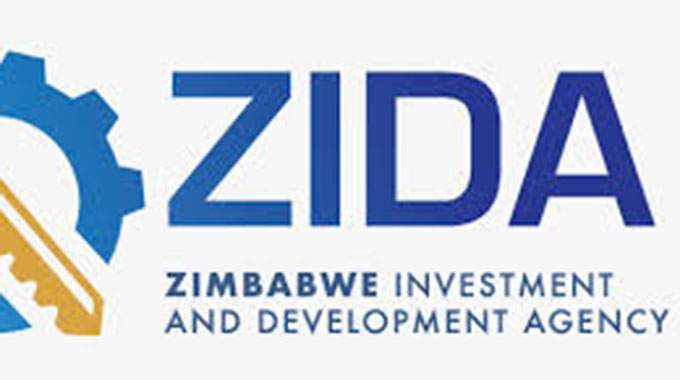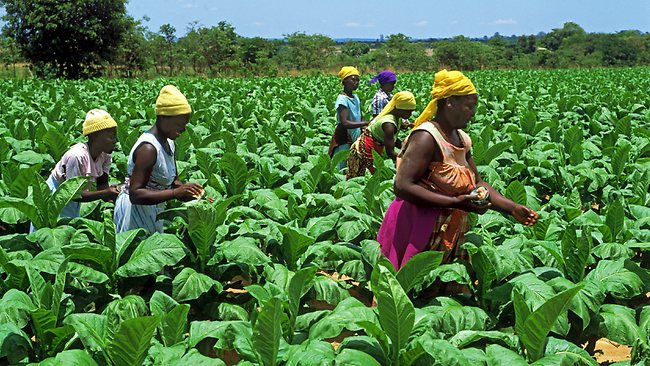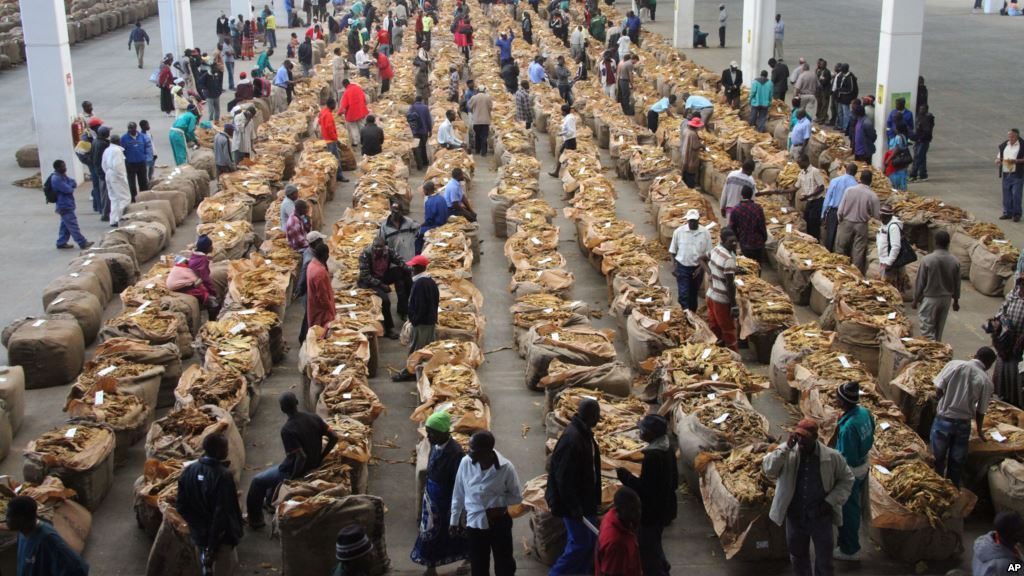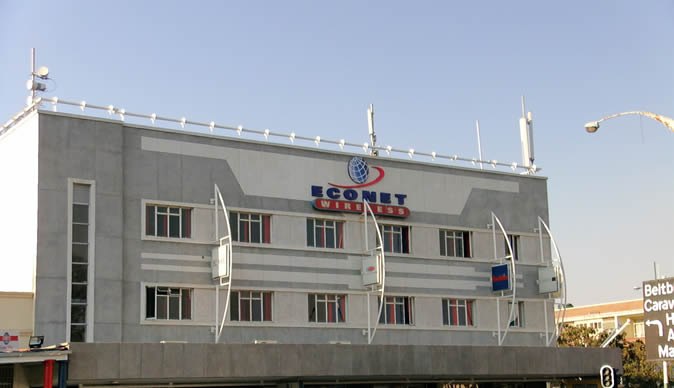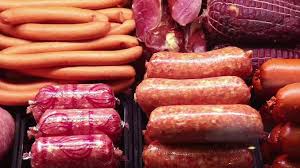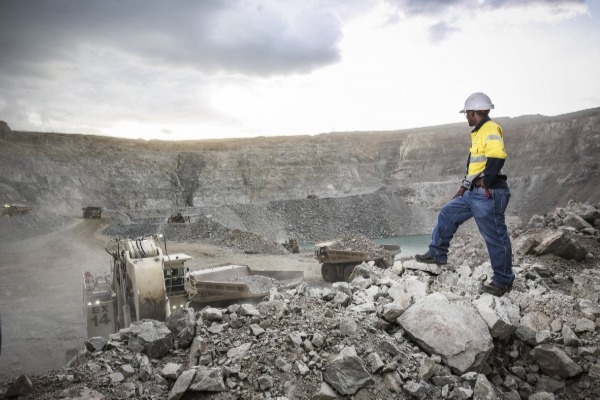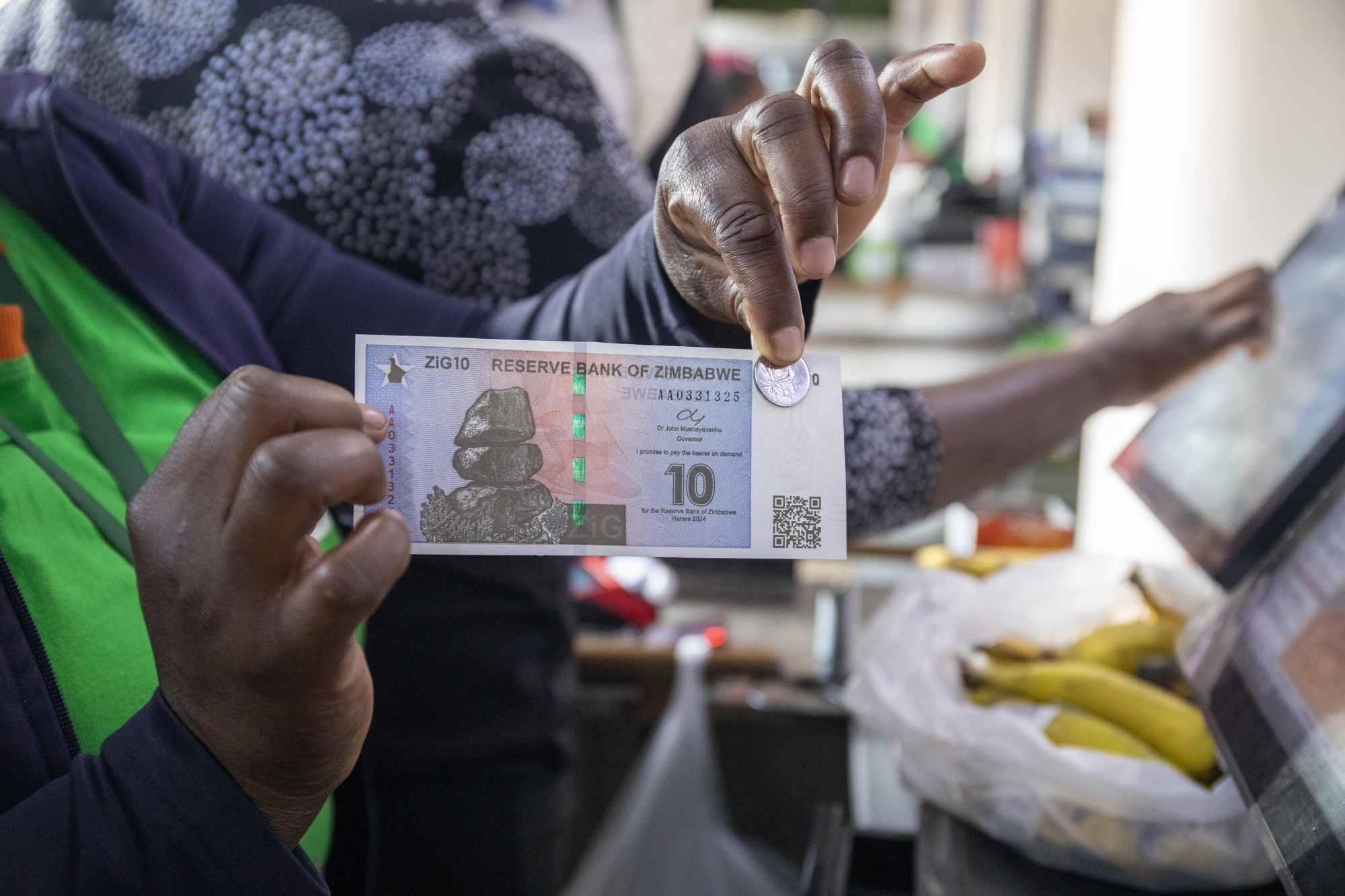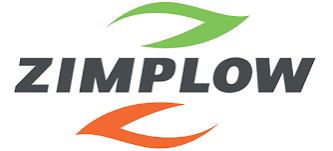Zimplow’s Q1: The struggle between relevance and resilience
HARARE – As Zimplow Holdings exited from a challenging F24 into Q1 2025, it found itself at a strategic inflection point. Scarred by drought-induced shocks, economic volatility, and structural weaknesses in supply chains, the group now faces an existential question: how do its legacy business models remain relevant in a Zimbabwean economy where both nature and markets are unpredictable?
At the heart of Zimplow’s business are machinery and equipment, built for tilling, hauling, mining, and infrastructure—industries that are themselves cyclical and vulnerable to external shocks. The year 2024 presented a perfect storm: El Niño-induced drought, exchange rate volatility following the introduction and rapid devaluation of the Zimbabwe Gold (ZWG), and tight liquidity that depressed consumer spending, especially in agriculture. F24 closed with a US$3.4 million loss before tax, reversing the prior year’s modest profit.
And yet, in Q1 2025, the group managed to post a 14% increase in revenue to US$7.06 million compared to the same period last year, suggesting some green shoots of recovery. But beneath the revenue optimism lies a deeper story of uneven traction, struggling units, and a business model racing against the tide of market change.
Zimplow’s F24 financials told a painful tale—total revenue declined 7.2% year-on-year to US$29.8 million. The bulk of the pain came from agriculture, where Mealie Brand, its flagship brand for smallholder farming tools, saw turnover collapse by 46%. The worst harvest in four decades starved rural demand, even as the company slashed prices through cost engineering. Even more tellingly, business at Mealie Brand was placed under care and maintenance pending demand recovery.
In Q1 F25, demand remained fragile. Though rainfall patterns improved, the delayed start to the planting season pushed back demand for equipment. Mealie Brand’s local sales fell 27% compared to Q1 2024, although export volumes rose by 20%, providing a temporary cushion. Similarly, Farmec saw a 6% budget-beating turnover largely due to tractor sales, but not enough to signify a systemic demand revival.
The mining and construction sectors—Zimplow’s next major pillar—also showed signs of inconsistency. Tractive Power Solutions (TPS) posted a 174% year-on-year revenue growth in Q1, but still fell 37% short of budget due to liquidity constraints among its core clientele: small and medium-scale miners.
The underlying demand issue isn’t lack of need—it’s lack of capital. Customers want tractors, loaders, and spare parts; they just don’t have the money, and financial institutions aren’t providing sufficient working capital or equipment finance. Until Zimbabwe’s macroeconomic liquidity improves and credit access is restored, Zimplow is essentially “pre-selling” into an economy on pause.
Zimplow’s F24 narrative was heavily defined by disruptions in supply chains. The Beira Port bottleneck, civil unrest in Mozambique, and long lead times from Asia slowed inventory movements. While some units like Powermec benefited from 142% growth in solar installations, generator sales suffered due to stock constraints. CT Bolts could not break into the nail market because of delayed machinery delivery. Trentyre suffered from a 29% drop in revenue as competition from cross-border grey imports squeezed its formal retail base.
The first quarter of 2025 wasn’t much kinder. CT Bolts’ profitability was impacted by having to rely on expensive South African filler stock, again because of Asia’s lead times. In Trentyre, although retread volumes improved by 43%, overall sales dropped by 39% year-on-year—a clear signal that supply-side fixes without matching demand won’t move the revenue needle.
In response, Zimplow embarked on an ambitious inventory liquidation campaign in Q1, especially of aging and high-value stock like tractors and implements. This strategy, while rational, is akin to survivalist triage: selling off what can still fetch a price in an illiquid market. But is it a long-term fix or just delaying more pain?
Across nearly all business units, margins are shrinking. In F24, Powermec’s gross profit dropped by 14% despite a stable top line. TPS grew its revenues fivefold but couldn’t escape a loss because most of the growth was in low-margin “whole goods” sold on credit. In Q1 2025, the story remained unchanged: revenues up, margins down.
Farmec managed a steady gross margin of 23% in Q1, but Mealie Brand is a case study in how price adjustments can only go so far. The unit cut prices on its ploughs by 11% in 2024 and aims for another 9% in early 2025. Yet it still couldn’t arrest the decline in domestic volumes. The real culprit? Cheaper smuggled imports, which erode price competitiveness and bleed quantity sold, despite genuine cost savings.
The price-quantity dynamic in Zimbabwe is distorted not by classic supply-demand mechanics, but by informal market pressure, cross-border arbitrage, and a vanishing middle class. The Group’s business model—structured for formal sector economies—is under siege from an informal economy that moves faster, pays cash, and skips regulatory costs.
Zimplow’s old business model, defined by clusters and centralised command, gave way in 2024 to a more decentralised approach. Units were disbanded from the cluster model to run independently with leaner structures. While this decentralisation offers potential agility, it also risks fragmenting synergies and increasing the strategic burden on unit managers.
Some shifts are encouraging. The group expanded its aftermarket service focus, with Scanlink recording a 44% jump in Q1 revenue largely from service hours and part sales. Powermec leaned into solar energy, not only to meet power-deficient demand but also to tap into new B2B sectors. Export diversification, such as Mealie Brand’s activity in Angola and recognition from ZimTrade, signals an awareness that Zimbabwe’s domestic economy may no longer be sufficient to carry the group forward.
But without access to working capital, business model pivots are limited by liquidity. TPS, for instance, wants to serve the mining sector more robustly—but can’t finance the heavy equipment its clients need. The lack of vendor financing for capital equipment is the Group’s Achilles’ heel, and unless resolved, will undermine every strategic pivot.
The transition from F24 to Q1 2025 shows a group attempting to shift from survival to sustainability. Rationalisation, decentralisation, cost-cutting, and product re-engineering are not just operational strategies—they are a call for reinvention. Yet the company’s core business is still rooted in a macroeconomic and agro-economic ecosystem that remains fragile.
The deeper issue isn’t Zimplow’s execution; it’s that the Zimbabwean economy does not yet offer the financial or institutional infrastructure for medium-term business model innovation to thrive. Until financial institutions increase support equipment leasing, until border controls curb grey imports, and until domestic liquidity improves, Zimplow will continue to manage symptoms rather than cure root causes.
Zimplow’s F24 may be remembered as the year of the drought—both climatic and financial. Q1, however, introduces a cautious optimism rooted not in miraculous recovery but in a more grounded realism. The company is adjusting, adapting, and pruning.
But the existential question remains: can Zimplow evolve from a machine-and-metal firm into a service-driven, export-focused, innovation-enabled business without the fuel of financing or the oxygen of liquidity? It is a question Zimplow must answer—not only through its next quarterly report but through a bold rethinking of what it means to manufacture and serve in a fragmented, fast-changing Africa.-finx


